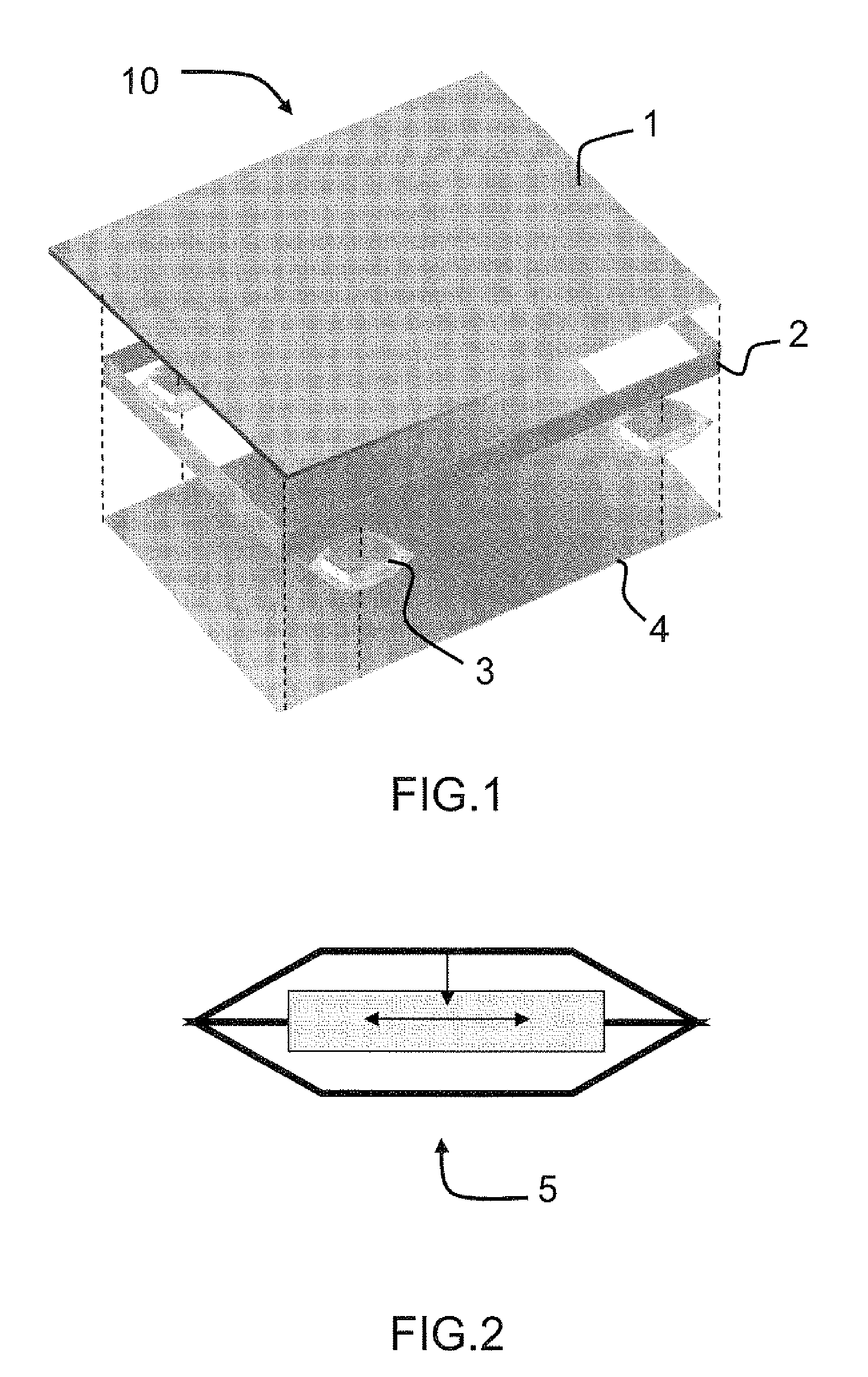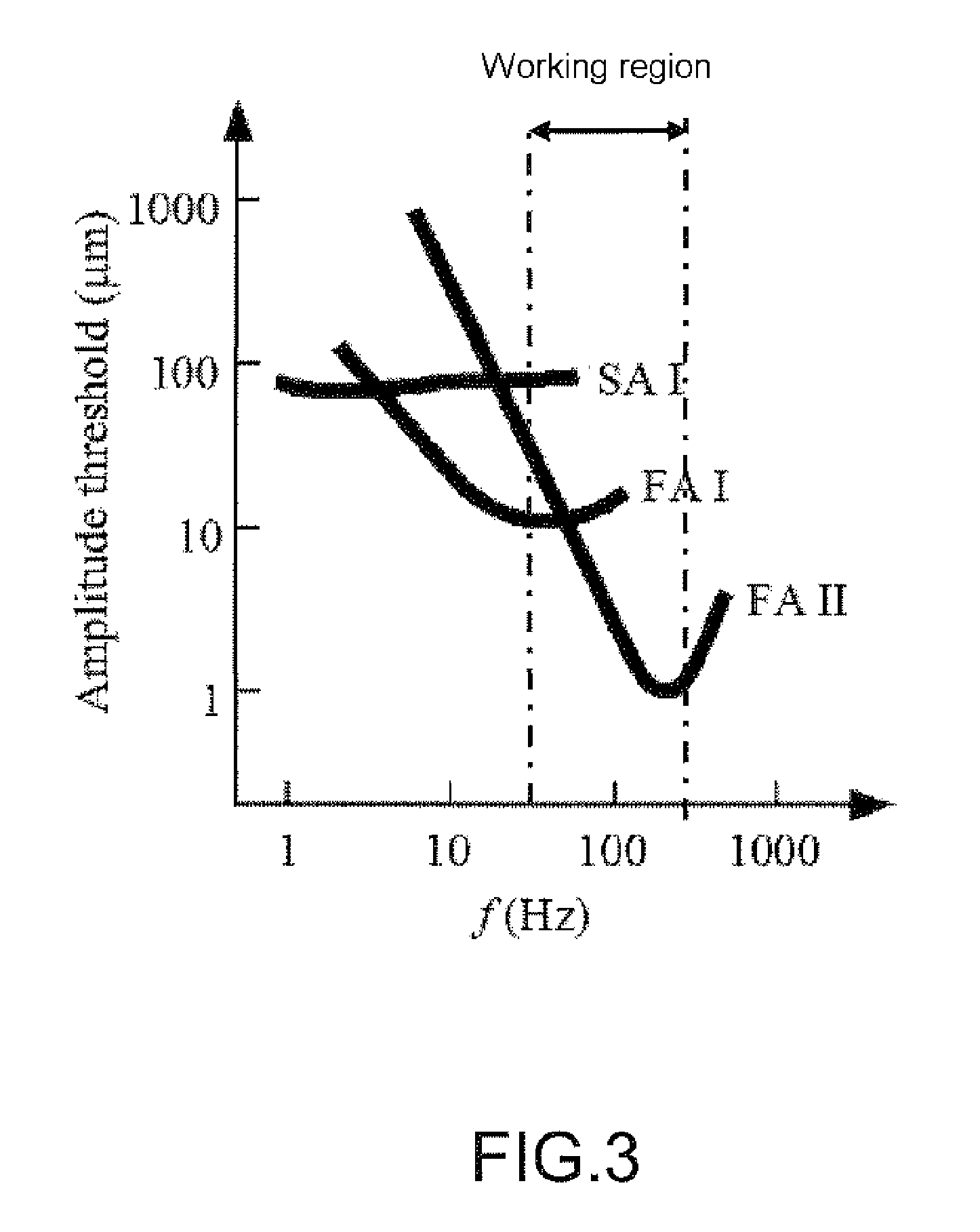Haptic interaction device
a technology of interaction device and tactile surface, which is applied in the field of interaction device, can solve the problems of not being able to perceive feedback, not being able to collaborate very well with users, and errors, and achieve the effect of enhancing the sensation of the effect produced
- Summary
- Abstract
- Description
- Claims
- Application Information
AI Technical Summary
Benefits of technology
Problems solved by technology
Method used
Image
Examples
Embodiment Construction
[0038]Embodiments of the invention provide a technical solution for development of touch-sensitive and haptic interaction devices, which may have large surface areas, e.g., screens with a diagonal size greater than approximately 10 inches. It will be understood, however, that additional embodiments are not limited to the aforementioned screen size. The display device may be used in aircraft instrument panels, for example, but quite clearly relates to any kind of application, such as domestic multimedia hardware or public usage terminals provided in more exposed environments than the homes of individuals, for example.
[0039]FIG. 1 represents one embodiment of a display device assembly for a screen with a diagonal measuring approximately 15 inches. The screen is not shown in the figure. In practice, the type of screens used in the display device is not a limiting characteristic of the invention. Preferably, a flat screen technology is used in order to propose a display device of low de...
PUM
 Login to View More
Login to View More Abstract
Description
Claims
Application Information
 Login to View More
Login to View More - R&D
- Intellectual Property
- Life Sciences
- Materials
- Tech Scout
- Unparalleled Data Quality
- Higher Quality Content
- 60% Fewer Hallucinations
Browse by: Latest US Patents, China's latest patents, Technical Efficacy Thesaurus, Application Domain, Technology Topic, Popular Technical Reports.
© 2025 PatSnap. All rights reserved.Legal|Privacy policy|Modern Slavery Act Transparency Statement|Sitemap|About US| Contact US: help@patsnap.com



